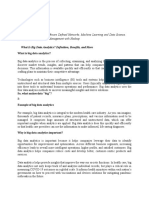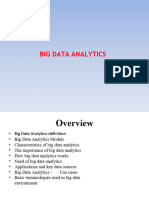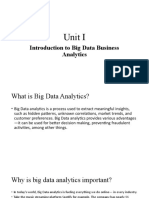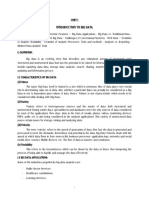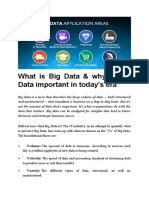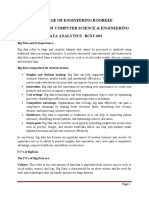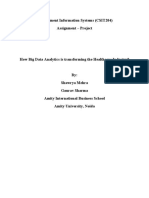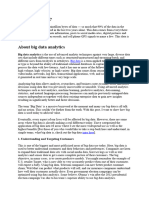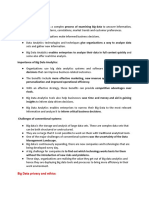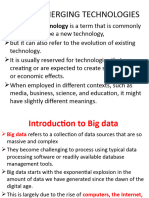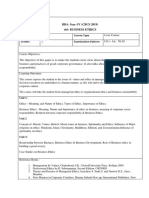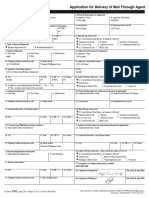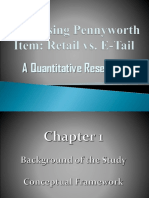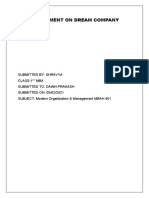0% found this document useful (0 votes)
24 views9 pagesBig Data Analytics
Big Data Analytics is utilized across various sectors to enhance efficiency, optimize operations, and reduce costs. Organizations like the NYPD and Amazon leverage data to predict crime and improve customer experiences, respectively. The document outlines different types of analytics, tools, and domains where Big Data is applied, highlighting its significance in modern decision-making.
Uploaded by
VIKAS GOYALCopyright
© © All Rights Reserved
We take content rights seriously. If you suspect this is your content, claim it here.
Available Formats
Download as DOCX, PDF, TXT or read online on Scribd
0% found this document useful (0 votes)
24 views9 pagesBig Data Analytics
Big Data Analytics is utilized across various sectors to enhance efficiency, optimize operations, and reduce costs. Organizations like the NYPD and Amazon leverage data to predict crime and improve customer experiences, respectively. The document outlines different types of analytics, tools, and domains where Big Data is applied, highlighting its significance in modern decision-making.
Uploaded by
VIKAS GOYALCopyright
© © All Rights Reserved
We take content rights seriously. If you suspect this is your content, claim it here.
Available Formats
Download as DOCX, PDF, TXT or read online on Scribd
/ 9
